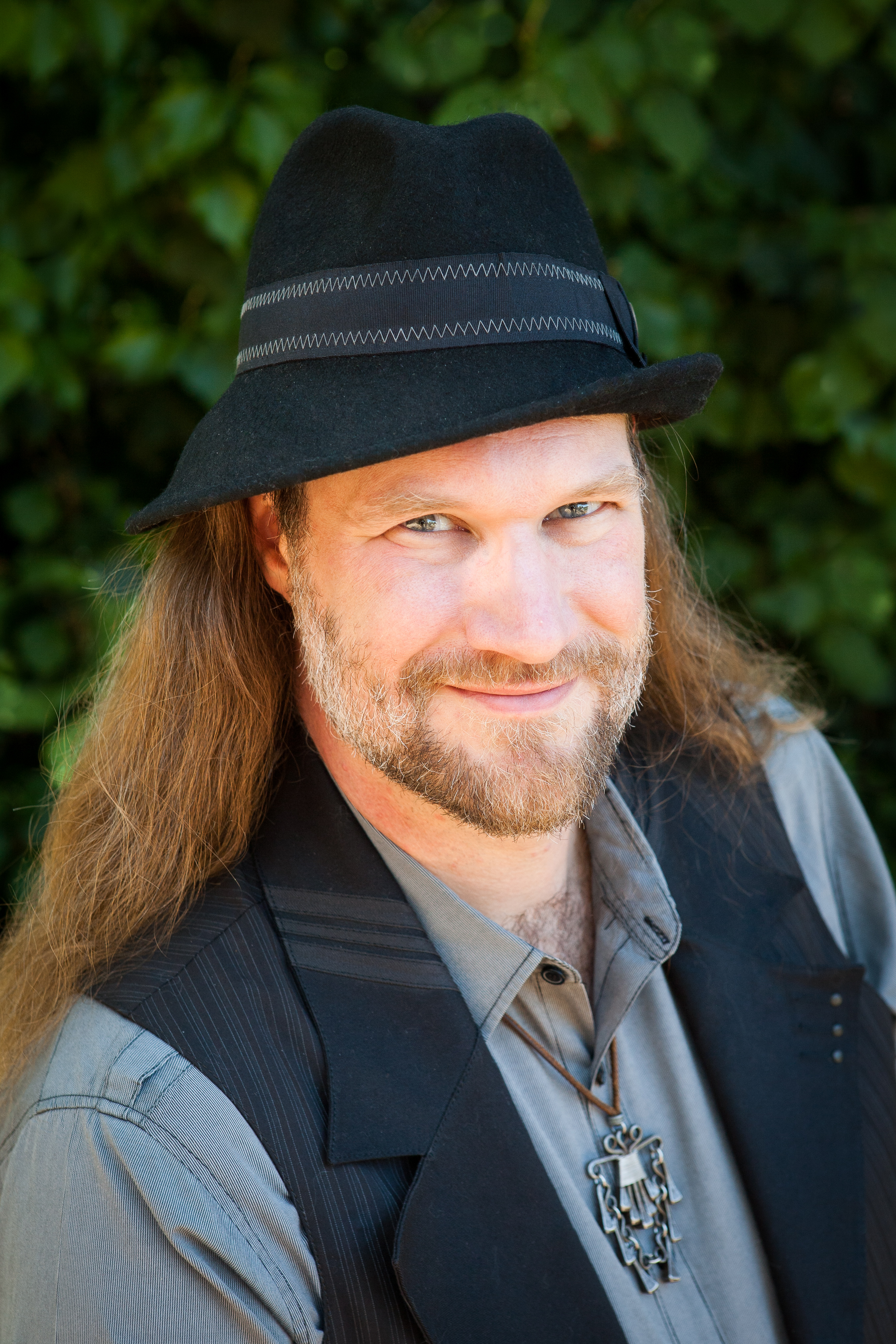Below are two videos related to our SUPERball Tensegrity Robot. First is a “mission concept” video, which shows how SUPERball could be used to land on another planet at high speeds, and then used for exploration, and the second video is actual footage of our first prototype showing baby steps on both the landing and exploration capabilities.
Mission Concept Video
One of the key things to take away from this video is that once you have a robot that is so robust that it can safely land at high speeds after falling from orbit, it can also move and explore in ways that would be impossible with a traditional rover. For example, it could dynamically leap into a crater and expect to survive the fall, considering that it is designed to fall from orbit. This video was initially created by our Collaborators from the Virtual Technology Laboratory at the University of Idaho (John Crepeau, John Anderson, Dr. Stephen Howe, and the Tensegrity ME Capstone and VTD Aerospace Capstone teams).
Prototype SUPERball Landing and Locomotion Video
Concept Videos are important, but real engineering is better! This video is a demonstration of the first SUPERball prototype showing initial examples of impact robustness (driving off a loading dock) and locomotion. This prototype was developed specifically to address foundational engineering concepts related to locomotion of tensegrity robots, such as sensor and actuator design, controllability, and system performance analysis. While this prototype was not explicitly designed to withstand the high speed landing scenarios envisioned for the full system, we see that it can easily survive falls of a meter, which would seriously damage most traditional robots. A future prototype will integrate lessons learned from this iteration, and will incorporate a number of design features to enable high-speed landing scenarios.
When the prototype video above was posted on the NASA Spacetech Website, it led to the predictable wave of media attention. Of the many news stories which covered our work, I was particularly impressed with the story written by Gizmodo — they actually did their own research and included ideas from Buckminster Fuller about floating tensegrity cities! .
Another article I really liked was the one by Inverse — because they highlighted the following quote about our research: “We’ve broken all the rules of traditional robotics designs.” And that is true, and that is exactly what is fun, inspiring, and challenging about our research!




0 Responses
Stay in touch with the conversation, subscribe to the RSS feed for comments on this post.